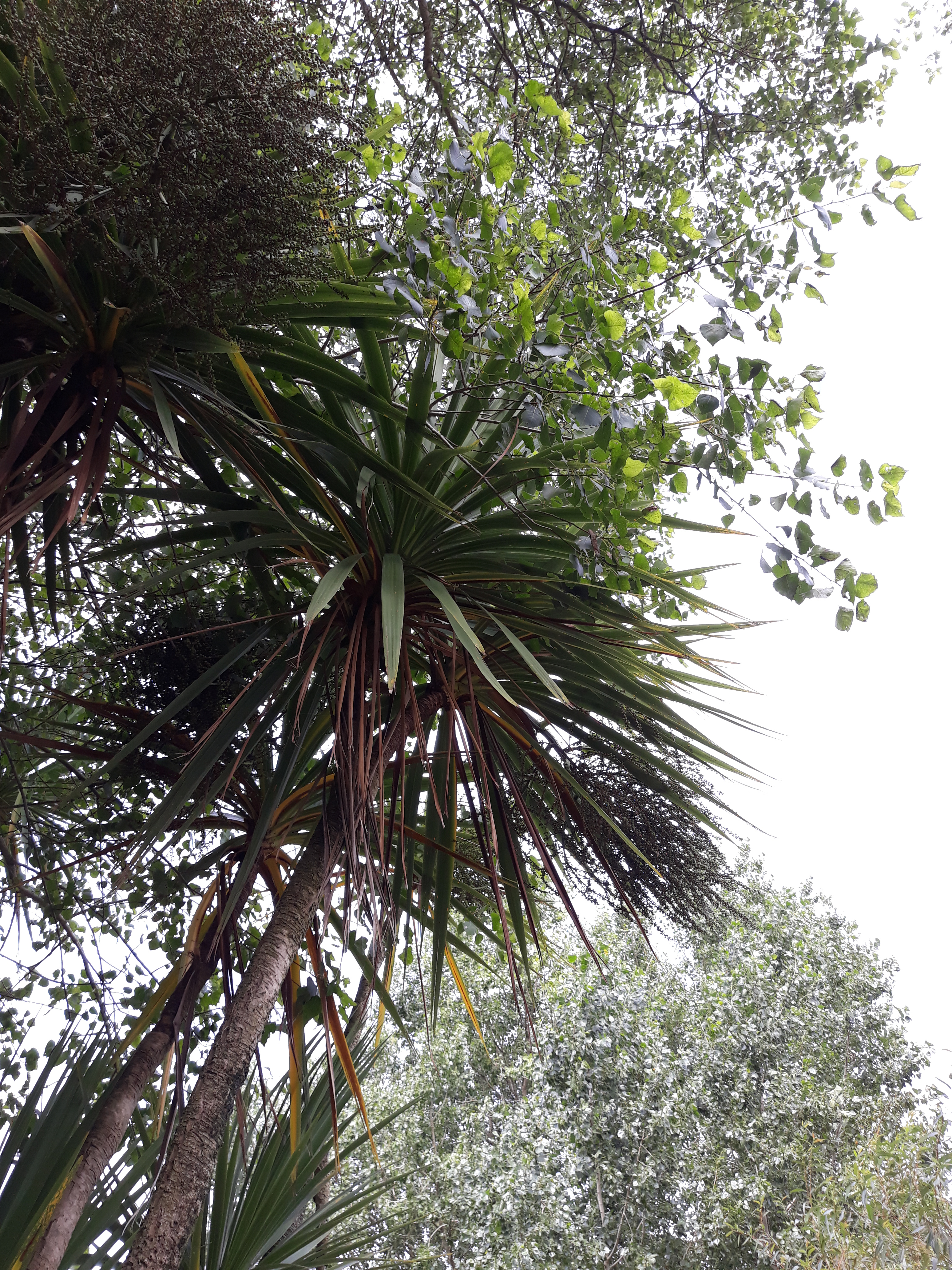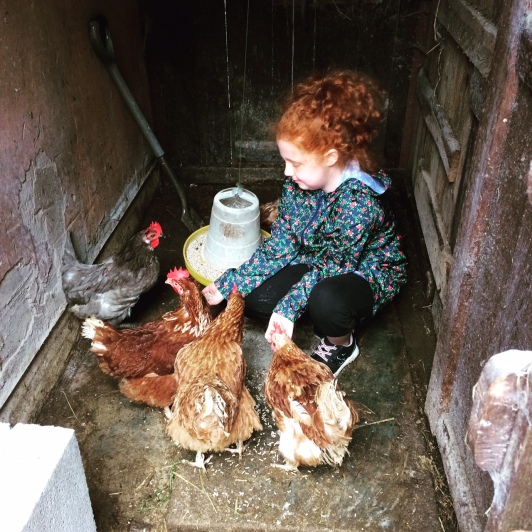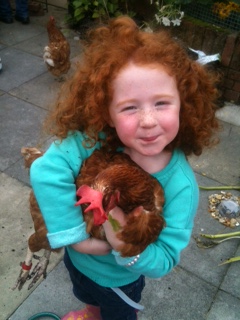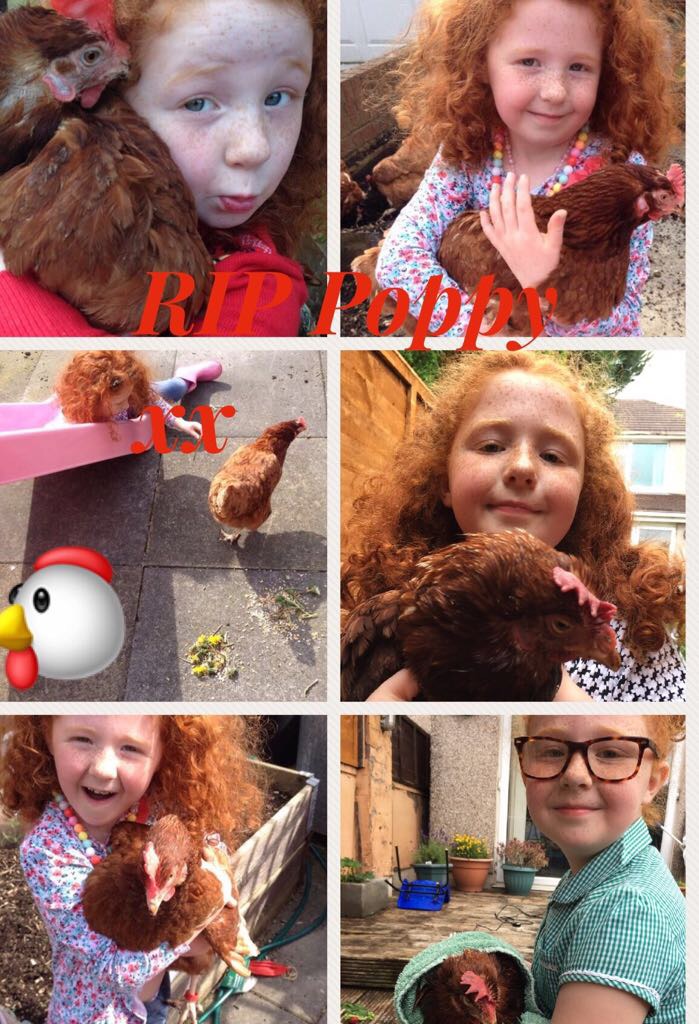3 horticultural happenings I noticed in Cornwall
I was recently lucky enough to spend just short of a week with my wife and daughters in Cornwall, a “staycation” where we crammed in as much as possible whilst in this beautiful part of England (more about geopolitics later!). The fact that Cornwall sits out on a limb wrapped in the warm waters of the gulf stream means it has a different climate to most of the rest of the UK – a climate which is fantastic for growing plants in. By the time the warm sea water has found its way up to England’s shores from Mexico via that phenomenal gulf stream, it’s temperature is more “Winterfell” than “Kings Landing”, but there’s still enough warmth in it to give Cornwall a different feel and look to most other parts of the country. Some people from Cornwall (or Kernow) might say that Cornwall is a separate country to the rest of England, but I’m not clever enough or know enough about all that to mix nationalist and geopolitics with gardening in the same blog piece, so I won’t. I know a bit about plants though, and the gardens and plants I saw down there benefit greatly from that gulf stream induced climate – here are three garden related things I found most noticeable.
Cordyline
This architectural plant was seen in many a front garden whilst driving to different parts of Cornwall, in the form of very tall trunked “trees” with the spiky leaves sitting on the top, teasing us Northerners with their tropical exotic splendour. I live near the seaside town of Morecambe in the North West, and there are a few cordylines that are bravely trying to “trunk up” in certain public planting displays but these are mere saplings compared to the tree-like specimens we spotted in Cornwall. I like the look of these plants, but I think that having some Cordyline this tall in my own back garden would give it a tropical beach feel that would be out of place with the rest of my garden’s theme. However, to enjoy looking at them and how big they were in Cornwall was very striking and great, so thank you, you gulf stream wallowing, tropical style gardening county of Cornwall.

Hydrangea
I fell in love big time with the hydrangeas I saw down there. Actually in love and in lust. If hydrangeas were another woman, my wife would now be searching a price comparison website for divorce solicitors and I would be thinking about weekend activities to do with my children on access visits. Yes, I know they’re not exclusively grown in Cornwall and even my own Lancashire garden has a hydrangea in it, they’re not really affected by any Lancashire / Cornwall climate differences.
However, the aspect about hydrangeas that really caught my eye was that they were everywhere, and nothing says “yes, I am gorgeous and I really don’t mind if you stare at me, in fact I enjoy knowing that you are enjoying feasting your eyes upon my beautiful form whilst thinking impure thoughts” in a bigger way than an abundance of hydrangeas with their soft pastels of blue, pink, white and sometimes purple big and sexy round heads of blooms in almost every place where you would expect to see plants growing.
They grabbed my attention in the same way that noticing a beautiful woman is giving you the eye does (although to be fair, I’ve been married for that long now and only have eyes for my wife so would probably think this hypothetical “other woman” might have a nervous tic or problems with a contact lens). They really were beautiful, truly gorgeous and I enjoyed every second of feasting my eyes on them. I now need to find a way of cramming more sexy hydrangeas into our back yard – every back yard should be a bit more sexy, life’s too short not to be, and I feel no shame in having a voyeuristic pleasure from ogling these stunning blooms. So there.
Crocosmia
Seeing the crocosmia growing in Cornwall has changed my firmly held conviction that they are a damn nuisance and a curse to have in a garden. We once lived in a house that had a sea of crocosmia in both the front and back gardens, and they were a nightmare to control in order to make space for other plants. They were already in the garden when we moved in. I didn’t appreciate their beauty when planted en-masse in my garden as I could only see them as a weed, unwanted and crowding out the plants I did want. I must have dug out enough crocosmia bulbs to be able to reach the moon and back if they were placed in a line next to each other, and no matter how many I dug up, they would return the next year and once more crowd out any other plants I was trying to grow. That was then though, and now after seeing how profuse they are in Cornwall I have changed my opinion about them and only see their beauty. Just like in my old garden, they literally grow as a weed down there, by roadsides next to hedges, next to paths and also more deliberately in formally planted arrangements like the ones I saw in Trenance Gardens, Newquay. I hope some of the pictures I’ve attached do them justice, I most enjoyed the carpet or sea effect they had when planted in long drifts.
If you’ve never been to Cornwall, or like seeing plants at their best in the most beautiful of surroundings, I can highly recommend you pay a visit. After visiting Lancashire first, of course.









